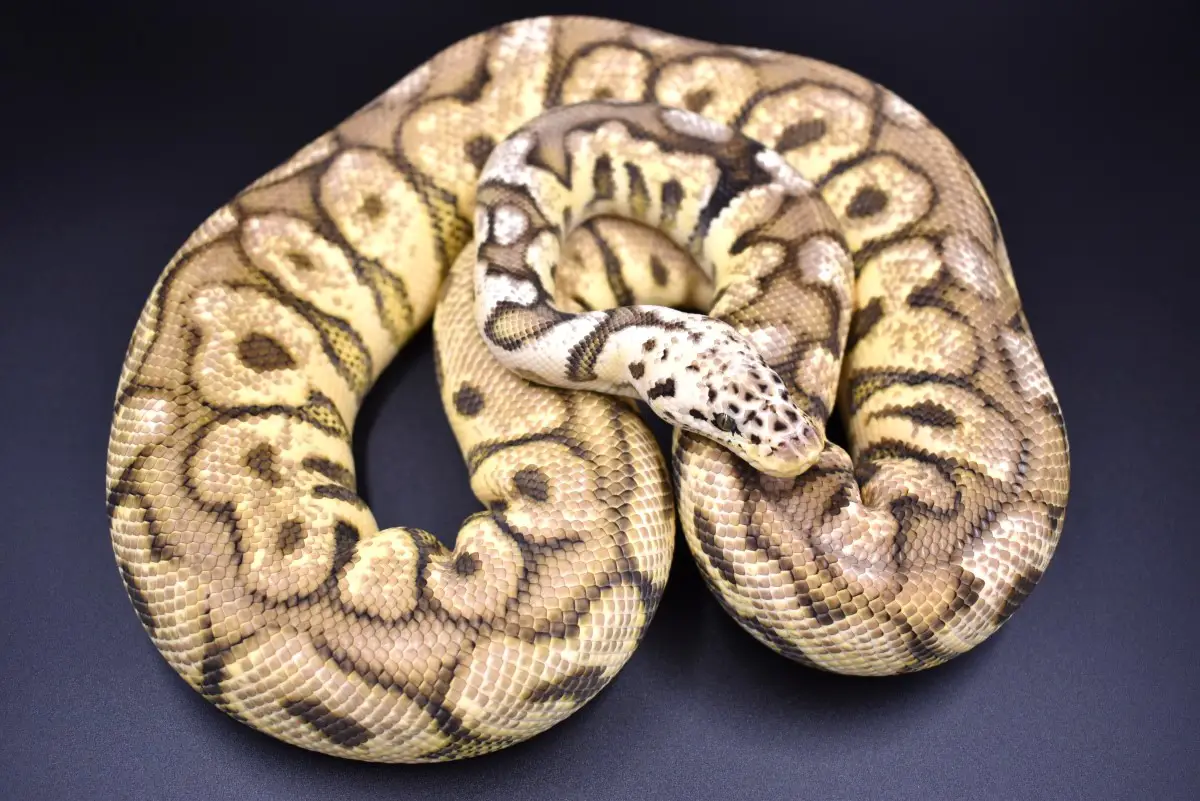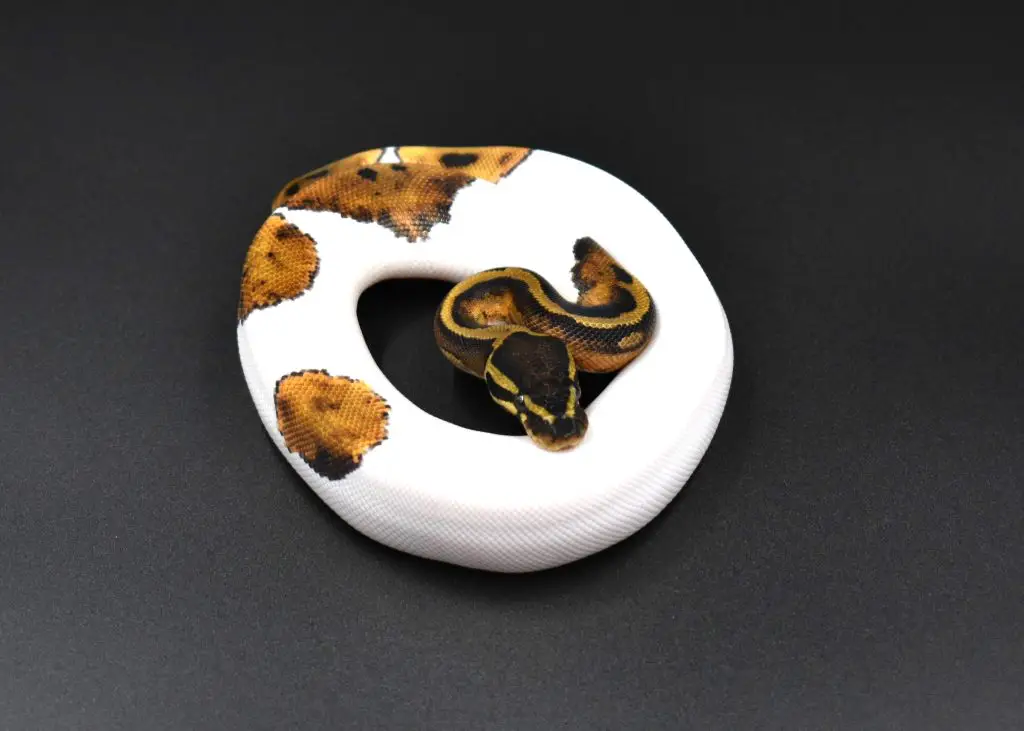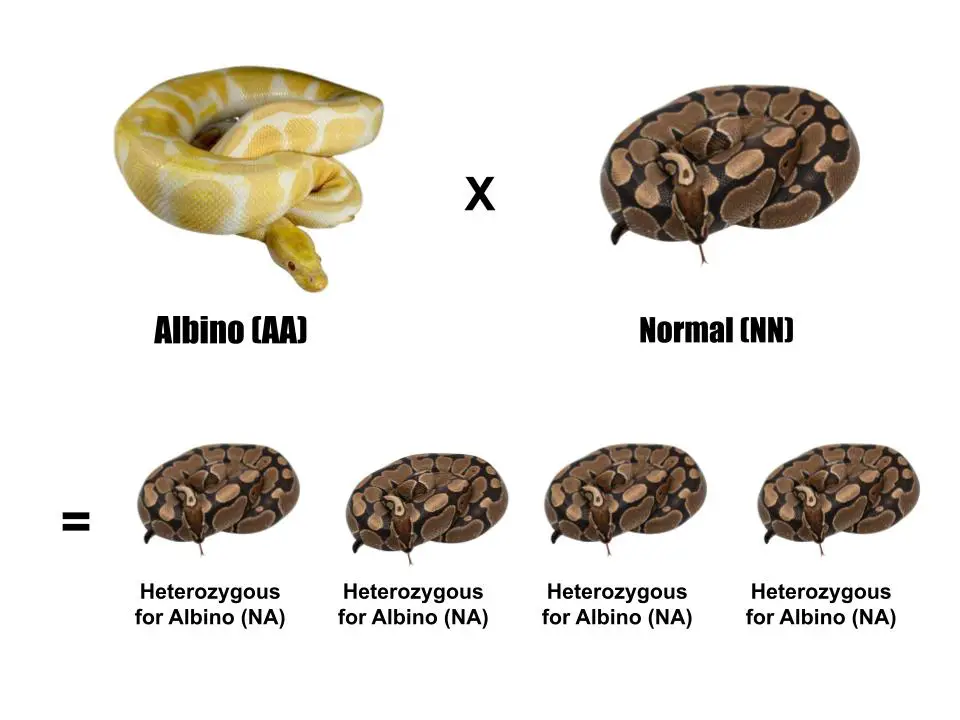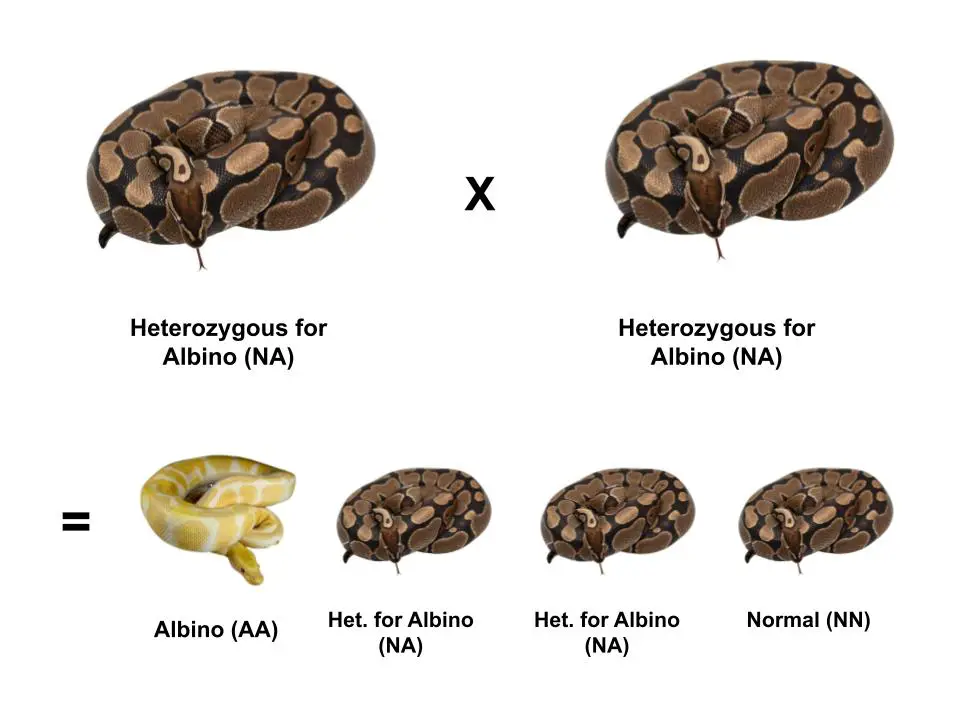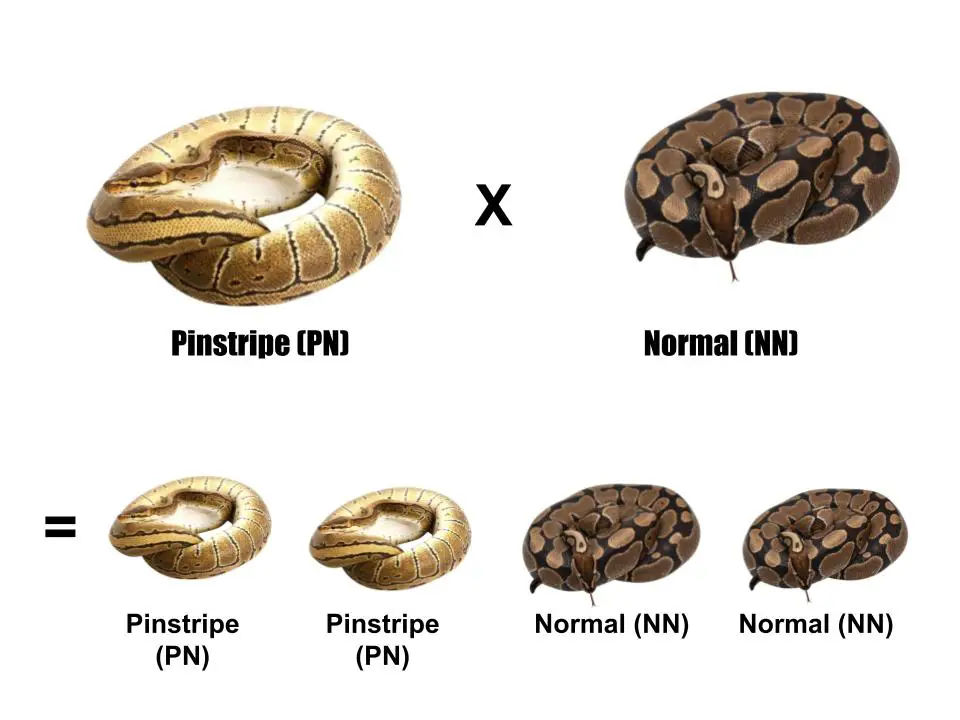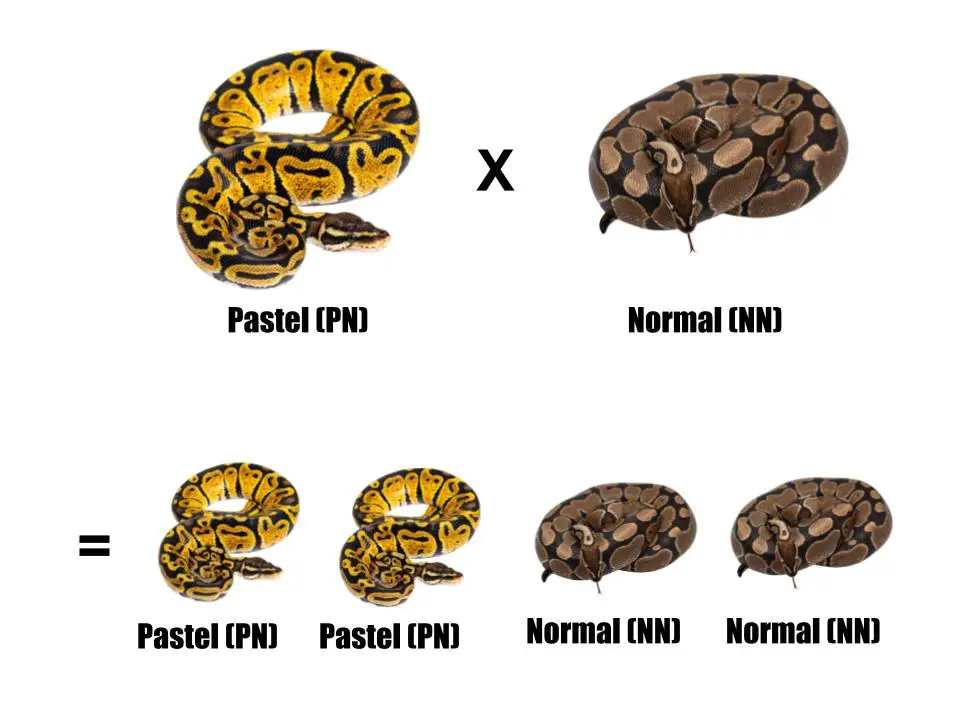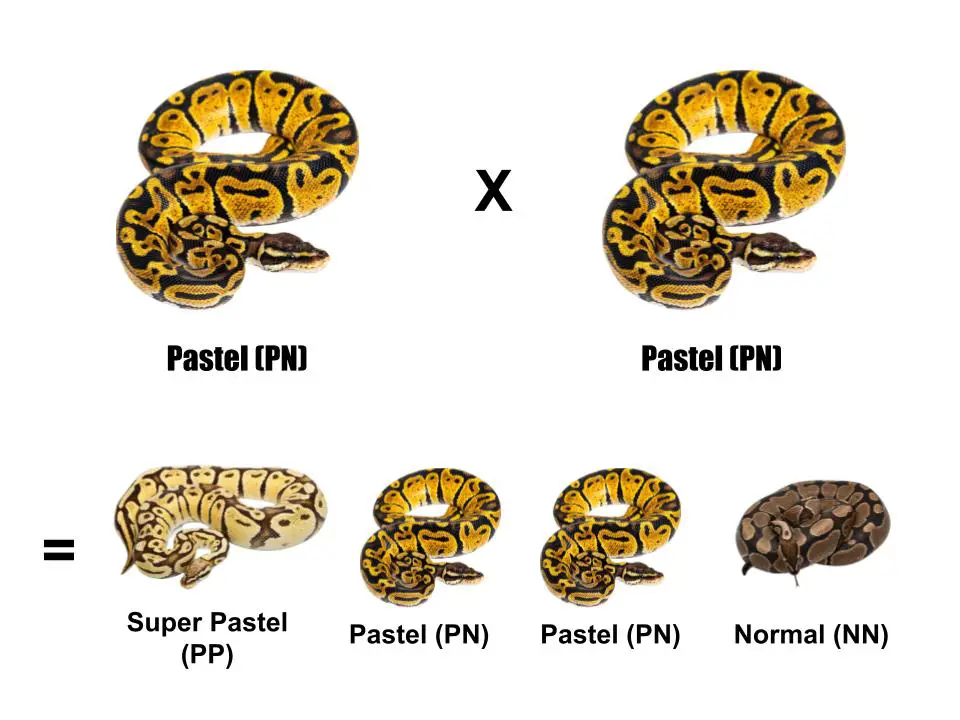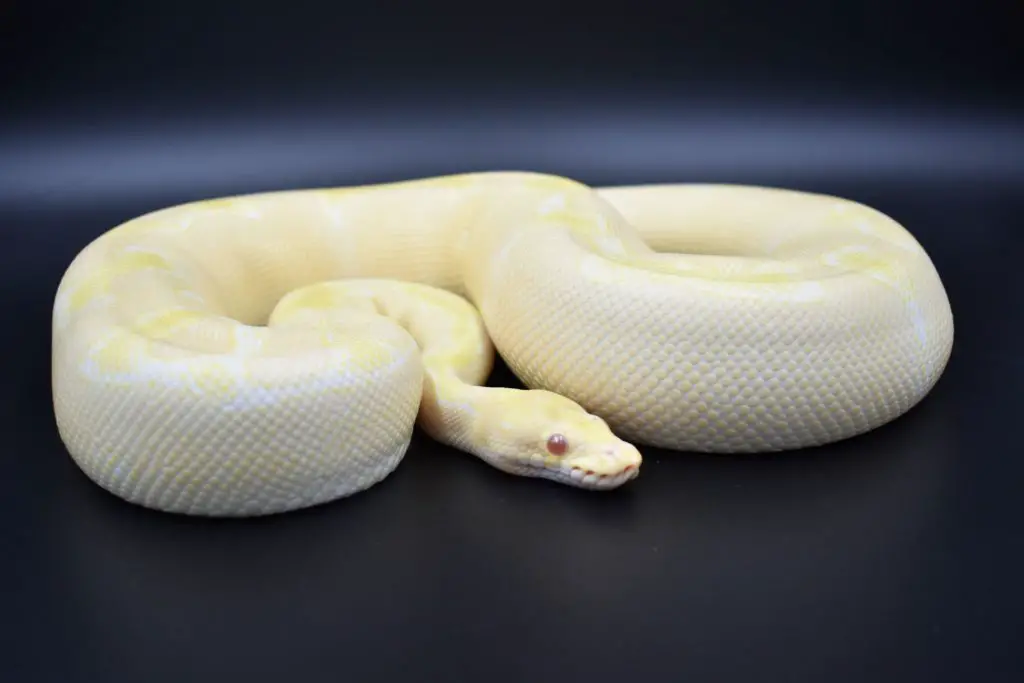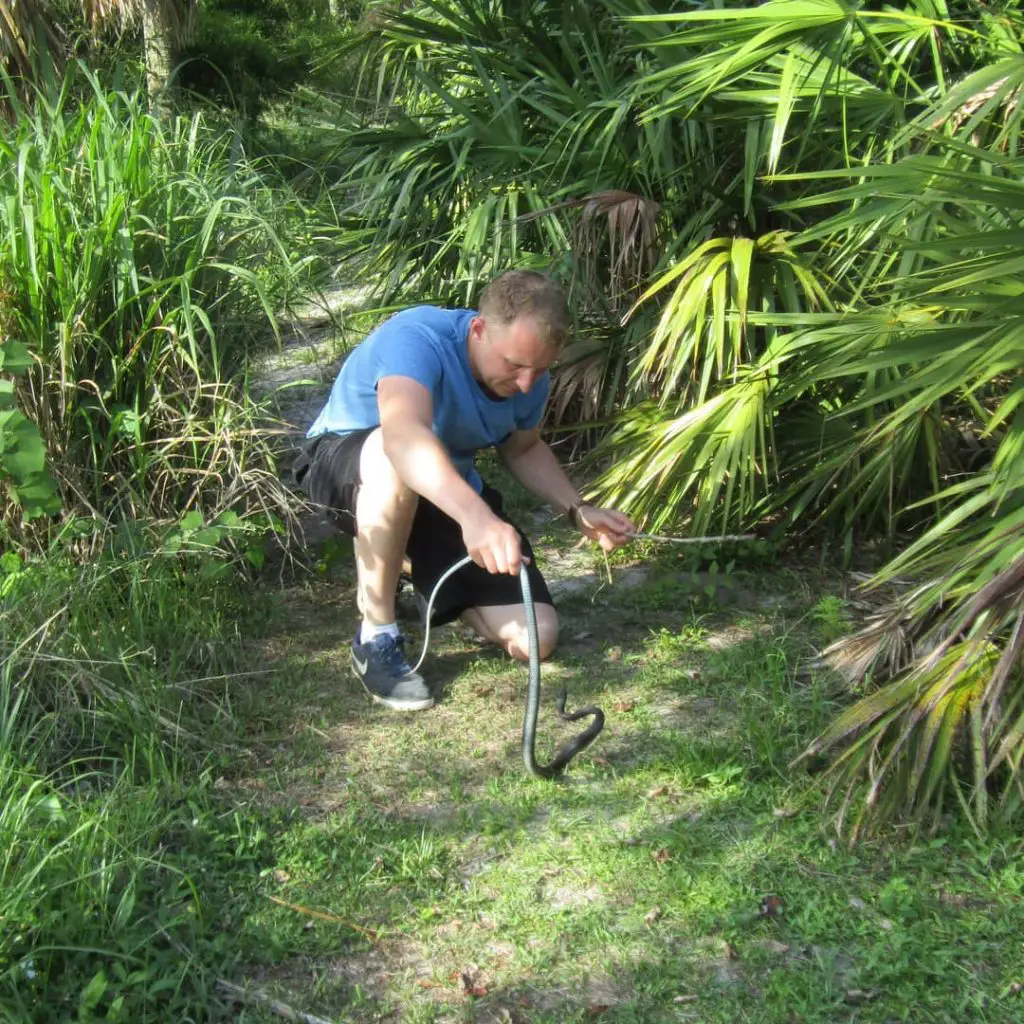- Ball Python Morphs: A Comprehensive Breeder’s Guide
- Recessive Genes
- Breeding recessive genes
- Dominant Genes
- Incomplete Dominant aka Co-dom Genes
- Breeding Incomplete Dominant aka Co-dom Genes
- How many Ball Python morphs are there?
- How to identify Ball Python morphs
- Using a checklist to identify a morph
- Ball Python Morph Topics:
- About the author:
Ball Python Morphs: A Comprehensive Breeder’s Guide
One of the biggest topics in herpetoculture today is Ball Python morphs. They’ve made quite an impact, after all… Obviously, we’re all aware of the albinos that crop up in every reptile species, but twenty years ago I don’t think any of us would have imagined just how diverse the morph market would get for this species.
There’s so many around these days that you can literally get a Ball Python in almost any color. But what exactly is a morph, and what are the principle genes responsible for them?
In this article, we’re going to look at these genes, and then provide links to a range of related articles on some of the most popular morphs (You can find them at the end). By the end of this, you’re going to be an expert – and possibly on the road to getting as obsessed as I am!
Before we get too far into it, you can check out the video of me explaining morphs below if you’d like:
Recessive Genes
Recessive genes tend to be responsible for some of the more expensive morphs (at least when they first appear on the market). They also tend to produce some of the most striking morphs, that deviate completely from the normal appearance.
Albino is the classic example of a recessive gene, and often the one that crops up first when an animal is bred in captivity on a regular basis. Why this might be is unknown, but it does seem to appear regularly across a wide range of reptile species.
In Ball Pythons you also have a range of other recessive genes that are just as striking as albino. Some of them actually even better combination morphs.
The obvious example is Clown. The Clown gene can almost look like another species when involved in some combination morphs (more on those later).
Breeding recessive genes
When it comes to breeding, recessive genes are said to “skip” a generation. This isn’t strictly true, though. Recessive genes are masked by the normal gene if only one copy is present. For example, an albino has two copies of the albino gene (AA). In this case, there is no normal gene to mask it, so you have a beautiful, visually expressed albino.
Breed that snake to a normal – which has two copies of the normal gene for color and pattern (NN) – however, and all the babies will be normal but heterozygous for albino (NA). As they all have a copy of the normal gene, it masks their albino gene, and they look like regular Ball Pythons.
Notwithstanding, those heterozygous babies carry one copy of albino. If you breed two of them together, those genes are randomly allocated to the babies. Statistically speaking, this brings about a 25% probably of one of the babies having two copies of the albino gene (AA) and being a visual albino.
Dominant Genes
Dominant genes have a different pattern of expression to recessive genes. They only need one copy of the mutation to be present to be visually expressed.
In a nutshell, they are dominant over the normal gene for color and pattern, and will mask it whenever they are present. So, if you breed a Pinstripe (PN) to a normal (NN), 50% of the offspring will carry one copy, and be visually expressed Pinstripes.
Unlike recessive genes, nothing changes in animals appearance when two copies of a dominant gene are present. They will produce allocate one copy of the gene to all their offspring, though, which is very cool. That scenario would be Pinstripe (PP) x Normal (NN) = all Pinstripes (PN).
These days, some of the most exciting morphs are caused by dominant genes. They are easy to breed given how they’re expressed, but they also tend to have a really strong influence on pattern, which makes them valuable for creating unusual combination morphs.
The Pinstripe gene, for example, has been consistently popular since it was first produced by BHB Enterprises way back in 2001. Even now, when a new recessive gene comes out, one of the first genes breeders combine it with tends to be Pinstripe (as was the case with Desert Ghost, for example).
Incomplete Dominant aka Co-dom Genes
Just a quick explainer on the terms here: back in the day, co-dominant was the widely accepted term for these genes. Then, it was decided that Incomplete dominant was a more scientifically accurate description, and it caught on.
All the same, lots of breeders still say Co-dom. We all know it’s not the correct term, but it’s a really old habit and those are the ones that stick!
If you’re just getting into breeding now, it doesn’t matter overly what term you prefer – so long as you get a good understanding of what these genes do.
After all, incomplete dominant genes are responsible for some of the most popular, widespread, bright, and cheap morphs available today. The Pastel, for example, is literally the cornerstone to our hobby, and the gene that got a lot of us interested in Ball Pythons in the first place.
Breeding Incomplete Dominant aka Co-dom Genes
Incomplete dominant genes are, as you’d expect, not completely dominant in their single gene form. One copy of single gene in a parent will visually affect the appearance of all offspring it is randomly allocated to.
So, Pastel (PN) x Normal (NN) = 50% Pastels (PN) and 50% Normals (NN)
What makes these genes cool is that they will achieve complete dominance if two copies are present. This is similar to how the recessive genes we discussed earlier work.
Breeding one incomplete dominant morph to another gives you a 1 in 4 shot at producing a baby with two copies of the gene, which is called the “super” form.
Pastel (PN) x Pastel (PN) = 25% Super Pastels (PP), 50% Pastels (PN), 25% Normals (NN)
Supers often have a drastically brighter or darker appearance, depending on the morph. They also pass on the one copy of the gene to all of their offspring, meaning a Super Pastel bred to a normal would produce all Pastel babies.
How many Ball Python morphs are there?
At the time of writing this, there are roughly 220 – 250 single gene morphs in captivity, with new ones appearing literally every year. Every time we think things have slowed down, a couple unusual hatchlings appear in someone’s collection and jump-start the hobby again!
Due to the high level of variation in Ball Python genetics, it seems highly likely that new morphs will continue to be produced for many years to come. In addition the single gene morphs, breeders are always creating new combination morphs too.
Like lottery numbers, the re-combinations of morphs that could be produced from the mutations so far discovered are incredibly high.
How to identify Ball Python morphs
If you start breeding Ball Python morphs, you’ll soon run into a conundrum: how to identify the babies! Let me tell you something, it isn’t always easy. On top of the features common to each morph, there is also a degree of variation in the appearance of every single snake.
To ID your babies, you need to go through the steps of comparing each of the following features to the morphs that were present in the parents, and to a normal Ball Python (if no supers were involved in the pairing).
- Eyes: what color are they? Is there a stripe of pattern through them?
- Head stamp: is there an unusual shape or pattern on the top of the head?
- Lips: do they have pattern on them? Are they unusually black, or patternless?
- Blushing: are areas of the background color lighter, making them look “blushed” out?
- Dorsal Pattern: is it busier, or reduced compared to a normal Ball Python?
- Color: is it different to a normal? Is it brighter, darker, or more contrasted?
- Flanks (patterning): are there shapes that look like “alien heads”? Or perhaps shapes that look like “keyholes”?
- Tail: does the stripe on top of the tail stop there, or continue further up the back?
- Belly: does it have any pattern, or it is pure white?
Using a checklist to identify a morph
Let’s look at how this works by comparing a possible Pastel Ball Python to a normal (wild type). In the table below you can see how you’d come to a pretty clear consensus that your snake is not a normal after going through our checklist.
After going through the list you’ll have noticed some differences, that I’ve highlighted in bold. Then you can compare these features to another Pastel, or photos of a Pastel.
If your baby matches other Pastels, and Pastel was present in the parents, then you probably have a confirmed match.
Obviously this isn’t an exact science, and the more morphs in the parents the harder it gets to identify them in the offspring. That said, this method is a good start! Until genetic testing becomes more accessible, this is how most breeders will be doing things.
To get more information on specific morphs or types of morph, check out the topics below: each one has a range of specific morph guides associated with it.
Ball Python Morph Topics:
About the author:
Will Bruce is a herpetologist who has been keeping, breeding, and studying reptiles for over 25 years. His favorite species include Ball Pythons, Bull Snakes, and Leopard Geckos. He currently manages a breeding colony of Ball Pythons that ranges in size from 20 to 30 animals at any given time.
